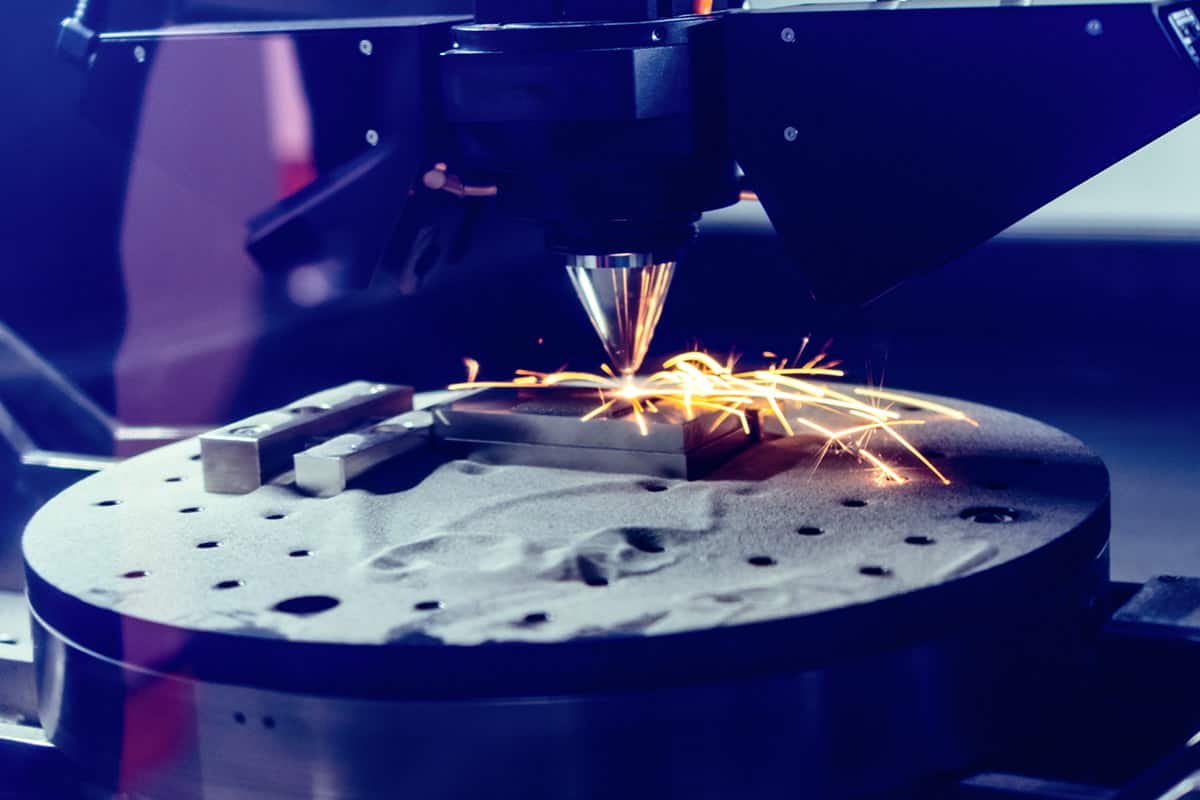Traditional settings in the manufacturing industry have experienced rapid changes in response to advances in automation and technological developments like 3D-printing. By adopting new and innovative solutions, manufacturers have improved productivity and product quality. In welding, advanced technologies have increased speed, accuracy, precision, control, and overall weld quality.
As manufacturers enhance productivity goals, they have begun scaling up robotic integrations with IoT and cloud data capture in their welding technologies. AMI’s welding controllers and weld heads are compatible with robotic systems, and they can support Manufacturing 4.0 in welding processes at your smart factory.


